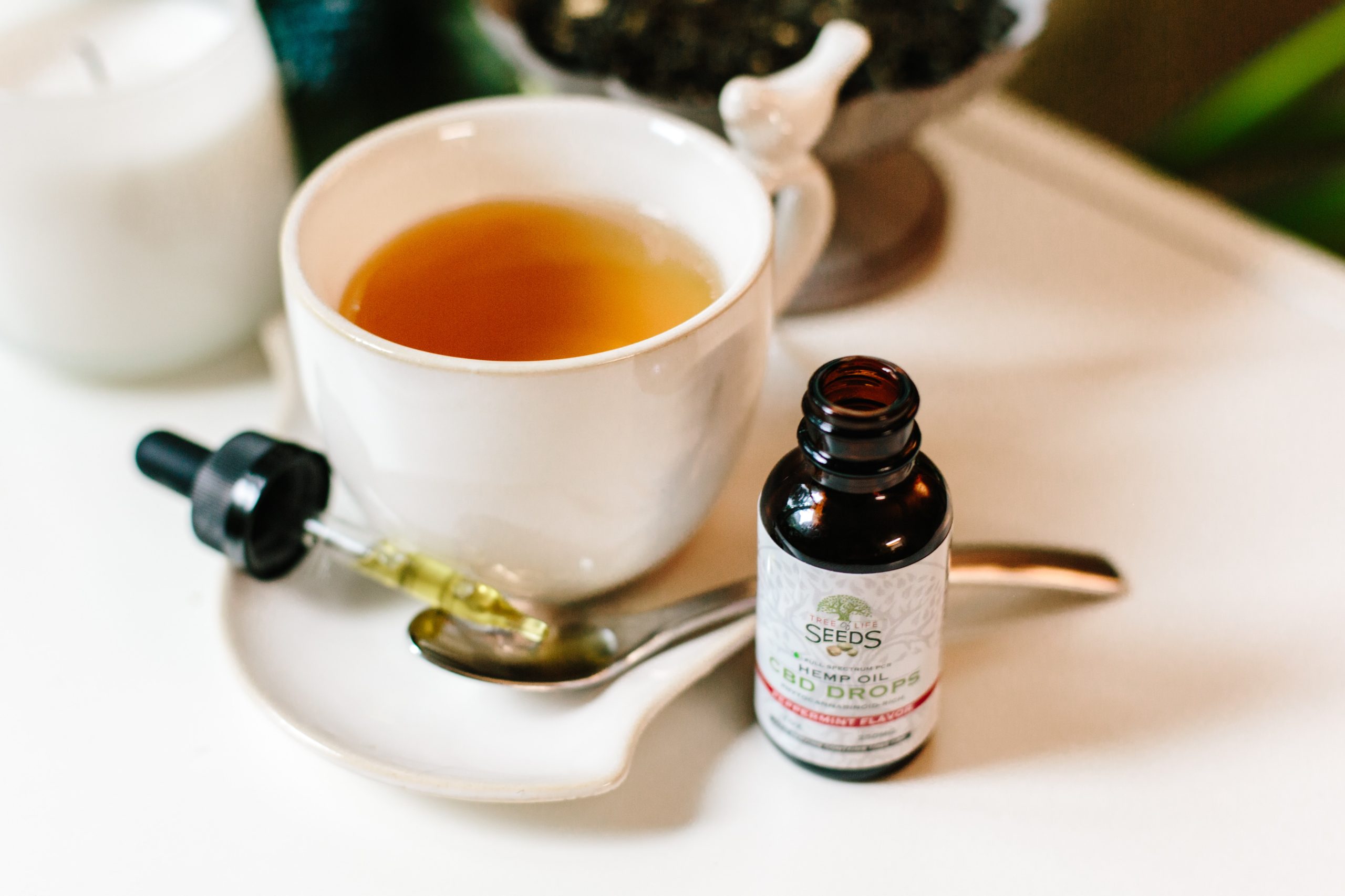Homeopathy is a natural and holistic approach to medicine that aims to stimulate the body’s innate healing abilities. Developed by Samuel Hahnemann in the late 18th century, homeopathy is based on the principle of “like cures like.” It involves the administration of highly diluted substances that would produce similar symptoms in a healthy individual when given in higher doses. This article explores the fundamental principles of homeopathy and introduces some commonly used remedies.
Principles of Homeopathy
1. Law of Similars According to the law of similars, a substance that can produce symptoms in a healthy person can also be used to treat similar symptoms in a sick person. For instance, if a person is experiencing watery eyes and a runny nose due to allergies, a homeopathic remedy made from onion (Allium cepa) may be prescribed since onions can cause similar symptoms. 2. Individualization Homeopathy recognizes that each person is unique and manifests symptoms differently. While traditional medicine may focus on a specific disease or condition, homeopathy considers the entirety of an individual’s physical, emotional, and mental state. Remedies are chosen based on an individual’s specific symptoms rather than a one-size-fits-all approach. 3. Minimum Dose The concept of minimum dose suggests that homeopathic remedies are highly diluted to minimize any potential side effects. Through a process of potentization, where a substance is repeatedly diluted and shaken vigorously, the vital energy of the substance is believed to be captured and enhanced.
Common Homeopathic Remedies
1. Arnica montana Arnica is perhaps one of the best-known homeopathic remedies. It is commonly used to relieve pain, reduce bruising, and speed up the healing process in injuries or trauma. Arnica is also used to alleviate muscle aches and stiffness after intense physical activity. 2. Nux vomica Nux vomica is often recommended for individuals experiencing digestive issues such as indigestion, bloating, and constipation. It is also used to alleviate symptoms associated with overeating, excessive alcohol consumption, or a sedentary lifestyle. 3. Chamomilla Chamomilla is widely used to calm irritability and relieve symptoms associated with teething in babies and children. It is also known for its soothing effects on gastrointestinal complaints, menstrual cramps, and colic.
Effectiveness and Safety
Homeopathy has been a subject of debate within the medical community due to its highly diluted nature. Critics argue that the remedies are merely placebos, as they contain extremely small amounts of active ingredients. However, many individuals have reported positive outcomes and improved well-being through homeopathic treatments. One of the major benefits of homeopathy is its generally considered safe and without significant side effects when used correctly. Since the remedies are highly diluted, the risk of toxicity is minimal. However, it is important to consult with a qualified homeopathic practitioner or medical professional before starting any treatment.
Conclusion
Homeopathy, with its principles of “like cures like,” individualization, and minimum dose, offers a unique approach to healthcare. While it may not be recognized as a mainstream medical practice, many people rely on homeopathy to treat a variety of conditions. It is important to approach homeopathy with an open mind and to seek guidance from qualified practitioners to ensure safe and effective use of remedies.


